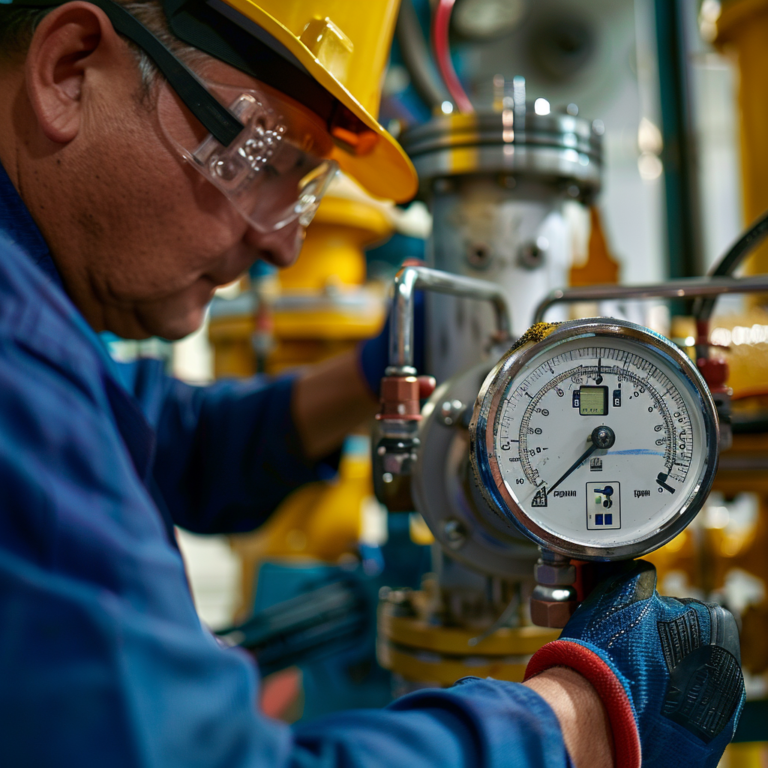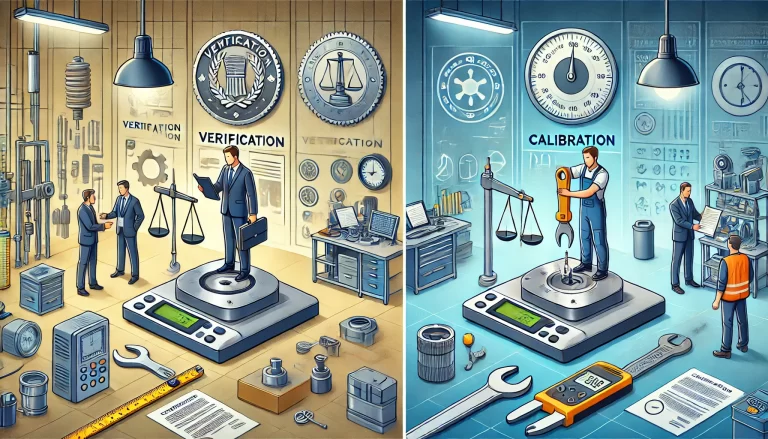Instrument calibration plays a pivotal role in ensuring the reliability and accuracy of testing across various domains, including scientific research, industrial applications, healthcare, and quality assurance. This process involves comparing the measurements of an instrument with a standard of known accuracy to identify and correct any deviations. Below, we explore in detail how calibration enhances the effectiveness and reliability of testing.
1. Ensuring Measurement Accuracy
Calibration ensures that an instrument’s readings align with established standards or known values. Without calibration, the instrument may drift over time, producing inaccurate results. Inaccurate data can lead to flawed conclusions in research, substandard products in manufacturing, or even life-threatening errors in healthcare. By maintaining accuracy, calibration provides confidence in the results of any test or measurement.

2. Improving Measurement Consistency
In testing, it is crucial to obtain consistent results under similar conditions. Calibration minimizes discrepancies that may arise due to environmental changes, wear and tear, or other external factors. By ensuring consistent performance, calibration allows for meaningful comparisons of test data over time or across different instruments.
3. Compliance with Industry Standards and Regulations
Many industries are governed by strict regulations that mandate regular calibration of instruments. For instance, ISO 9001, a widely recognized quality management standard, emphasizes the importance of measurement traceability through calibration. Compliance ensures that products and processes meet the required specifications, fostering trust among clients and stakeholders.
4. Reducing Measurement Uncertainty
All measurement processes are subject to a degree of uncertainty. Calibration helps quantify and reduce this uncertainty by correcting systematic errors in the instrument. A well-calibrated instrument provides readings that are as close as possible to the true value, enhancing the reliability of the test results.

5. Extending Instrument Lifespan
During the calibration process, technicians often inspect the instrument for signs of wear, malfunction, or damage. Early detection of such issues can prevent more severe problems down the line, prolonging the instrument’s operational life. This preventive maintenance reduces downtime and lowers replacement costs.
6. Supporting Data Traceability
Calibration establishes a direct link between an instrument’s measurements and internationally recognized standards. This traceability is crucial in industries such as pharmaceuticals, aerospace, and defense, where precise measurements can impact safety, efficacy, and compliance. Traceable data also enhances accountability and provides a reliable basis for audits and certifications.
7. Enhancing Testing Efficiency
An uncalibrated instrument may produce erroneous results, leading to repeated tests and wasted resources. By ensuring accurate readings from the outset, calibration helps optimize workflows, saving time and materials. This efficiency is especially critical in high-stakes environments where timely results are essential.

8. Ensuring Safety and Reliability
In many fields, safety depends on accurate measurements. For example, in healthcare, calibrated medical devices are essential for diagnosing and monitoring patients effectively. Similarly, in construction and engineering, precise measurements ensure the structural integrity of buildings and machinery. Regular calibration mitigates risks associated with measurement errors.
The Calibration Process
Calibration typically involves:
- Reference Standards: Instruments are compared against a standard of known accuracy, often traceable to national or international metrology standards.
- Adjustment: If discrepancies are found, the instrument is adjusted to bring it back within acceptable limits.
- Documentation: A calibration certificate is issued, detailing the instrument’s performance and any adjustments made.
- Frequency: The calibration interval depends on the instrument’s usage, stability, and criticality of the measurements.
Challenges in Calibration
Despite its benefits, calibration can be resource-intensive, requiring specialized equipment and expertise. Additionally, improper calibration can introduce new errors. Therefore, it is essential to rely on accredited calibration laboratories and follow established protocols.

Conclusion
Instrument calibration is not merely a technical requirement; it is a cornerstone of reliable testing and measurement. It ensures accuracy, consistency, and compliance while reducing uncertainty and enhancing efficiency. Regular calibration also supports traceability and prolongs the life of the instrument, making it an indispensable practice across industries. Whether in scientific research, industrial production, or healthcare, calibrated instruments form the foundation of trustworthy and meaningful results.
